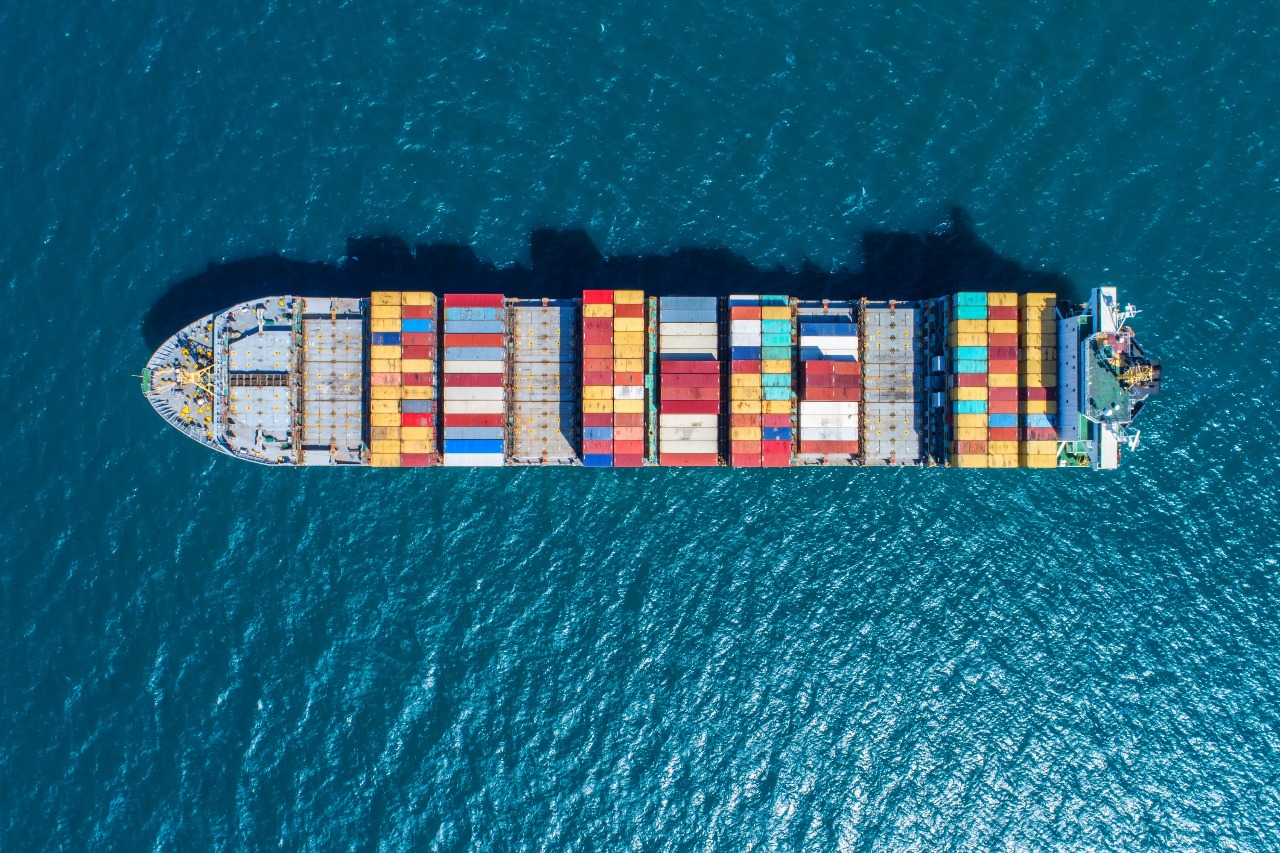Volatility can lead to overly reactive logistics. Fortunately, demand-driven technologies give you the tools to anticipate, respond, and profit.
The global economy has largely recovered from the economic crisis of the late 2000s, but political uncertainty continues to make shipping markets uneasy. Bilateral trade agreements could replace NAFTA as the latter may be discarded along with the TPP — that is, unless negotiators can satisfy the current administration. In order to survive and profit in this unpredictable climate economy, business leaders need to anticipate change and respond to it in real time rather than scramble for solutions as problems arise.
Demand-driven logistics allow you to do just that. By tapping into an interconnected system that registers shifts in consumer demand as they happen — or even beforehand — your business can proactively address challenges and revise your shipping strategies at moment’s notice, preventing inconveniences such as stockouts and inventory pileups. Just as importantly, it can help you establish working relationships with ideal shipping and logistics partners in real time, positioning your company for success under any conditions.
Capacity and Consolidation
As the economy continues to pick up speed, capacity may become increasingly scarce. At the moment, however, overcapacity in transportation is actually helping shippers by opening the door to consolidation, which in turn helps businesses coordinate with other customers and share the shipping bill. Indeed, consolidation makes it possible for businesses to make an investment in shipping strategies that’s proportional to how much capacity they’re using. In an economic environment in which consumer demand can change at the drop of a hat, the ability to pay only for what you use minimizes operational overhead to keep your business as profitable as possible.
Transportation management systems (TMS) streamline the consolidation process and help plan for shipping needs in the quarters ahead. A TMS allows shippers and service providers to run “What if?” analyses depending on service changes, which is a major step forward in making sure business partners are prepared for fluctuations in the market.
Visibility and Optimization
Recent advances in shipping technology have helped companies expand their logistical capabilities. Thanks to onboard computers, GPS devices, and various mobile tools, any business can immediately receive accurate shipping data and have it automatically directed to their TMS. Similarly, many companies are developing analytical tools that make it possible to anticipate changes in customer demand, prepare accordingly, and save money when those changes hit the industry. As a result of these programs, shippers can optimize their operations by keeping tabs on product location and status — something that businesses hope to eventually open up to customers who want to be more involved in the order fulfillment process.
Sourcing and Strategy
Since the futures of several multilateral trade agreements are precarious at best, businesses are preparing for life without them by testing new sourcing strategies that wouldn’t be affected by their demise. A particularly popular strategy has been to keep sourcing close to the desired point of sale. For businesses with an international footprint or operations in relatively remote regions of the U.S., this helps offset rising labor costs by confining supply chains to their immediate geographical markets. These more localized sourcing practices can keep costs down in the event that trade compacts are canceled or drastically changed, thus insulating companies somewhat from oscillating prices should the worst happen.
3PL and 4PL
Third-party logistics (3PL) partners can bring flexible solutions to complex problems, helping companies concentrate on their business strategies while developing a better coordinated supply chain. Since reputable 3PLs have longstanding relationships with fellow shipping and logistics providers, they’re well-positioned to respond to demand changes in the market. This may involve working with a partner on reverse seasonality — that is, coordinating with 3PL to meet needs at times of high volume while offsetting costs during the rest of the year as a 3PL partner focuses on other shippers experiencing their own busy periods.
While 3PL remain a huge asset for overextended shippers, integrated logistics service providers (ISPs) with a broader range of capabilities and solutions have begun wading into the market and driving even more value for their partners. These expanded service packages may entail everything from order management and invoicing to addressing customer inquiries. ISPs also offer businesses the chance to enter regions separated by language and culture barriers. Rather than spend resources themselves to integrate themselves, shippers can turn to an ISP to meet the different demands of different markets.
Primary Freight and Demand-Driven Logistics
With more than two decades of experience under our collective belt, Primary Freight is strategically positioned to help you capitalize on demand-driven logistics. Drawing upon our extensive technological infrastructure and extensive global shipping network, our dedicated team will help you develop, implement, and execute a custom freight strategy that drives long-term value and success — regardless of your size, industry, or geographic market.
If you’d like to learn more about Primary Freight’s shipping capabilities and logistical expertise, give us a call today at (800) 635-0013.
